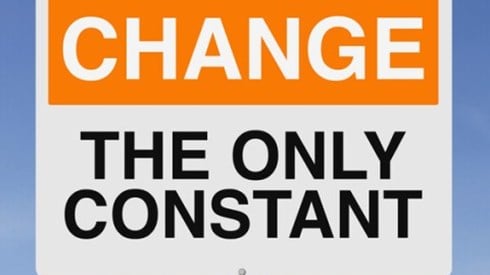Change Is Quickening for the Reinsurance Industry

September 12, 2019 See Related Articles and Videos

Further rate increases are expected for loss-affected and underperforming businesses and broadly stable rates are expected in other areas amid continued capital abundance in the reinsurance market, according to Swiss Re. The upward trend in rates needs to continue to reach a long-term sustainable reinsurance market, it said while emphasizing the importance of having prices that adequately reflect the risks as we face the current hurricane season.
Edouard Schmid, chairman of the Swiss Re Institute and group chief underwriting officer, said, "The recent experience of hardening rates in reinsurance mainly reflects the response to higher loss occurrences and adverse trends in natural catastrophe markets and other affected segments."
The Re/Insurance Industry Is Changing at a Faster Pace Than Ever Before
The abundance of capital in the reinsurance market has impacted the entire reinsurance value chain, has increased cost sensitivity, and is requiring reinsurers to find new ways of creating value for primary insurers.
The industry is also facing increasingly complex risks and a rapidly growing wealth of data. Some risks, such as secondary perils (e.g., wildfires, droughts, and floods) or cyber risks, are evolving and require new approaches, including new approaches to risk modeling, according to the reinsurer.
Increasing liability insurance costs in the United States are another emerging issue, as re/insurers have to find a way to model and price the impact of social inflation. At the same time, it is a challenge for primary insurers to use the wealth of data available, as this requires profound know-how, specific skill sets, and the right resources.
The re/insurance industry is not only confronted with a changing risk landscape but also with growing exposures as the world's population increases and people live longer and accumulate more assets, especially in areas prone to natural disasters.
Swiss Re Institute's latest sigma estimates that the combined protection gap for the main risk areas—natural catastrophe, mortality, and healthcare spending—reached a record high of $1.2 trillion in 2018.
September 12, 2019



